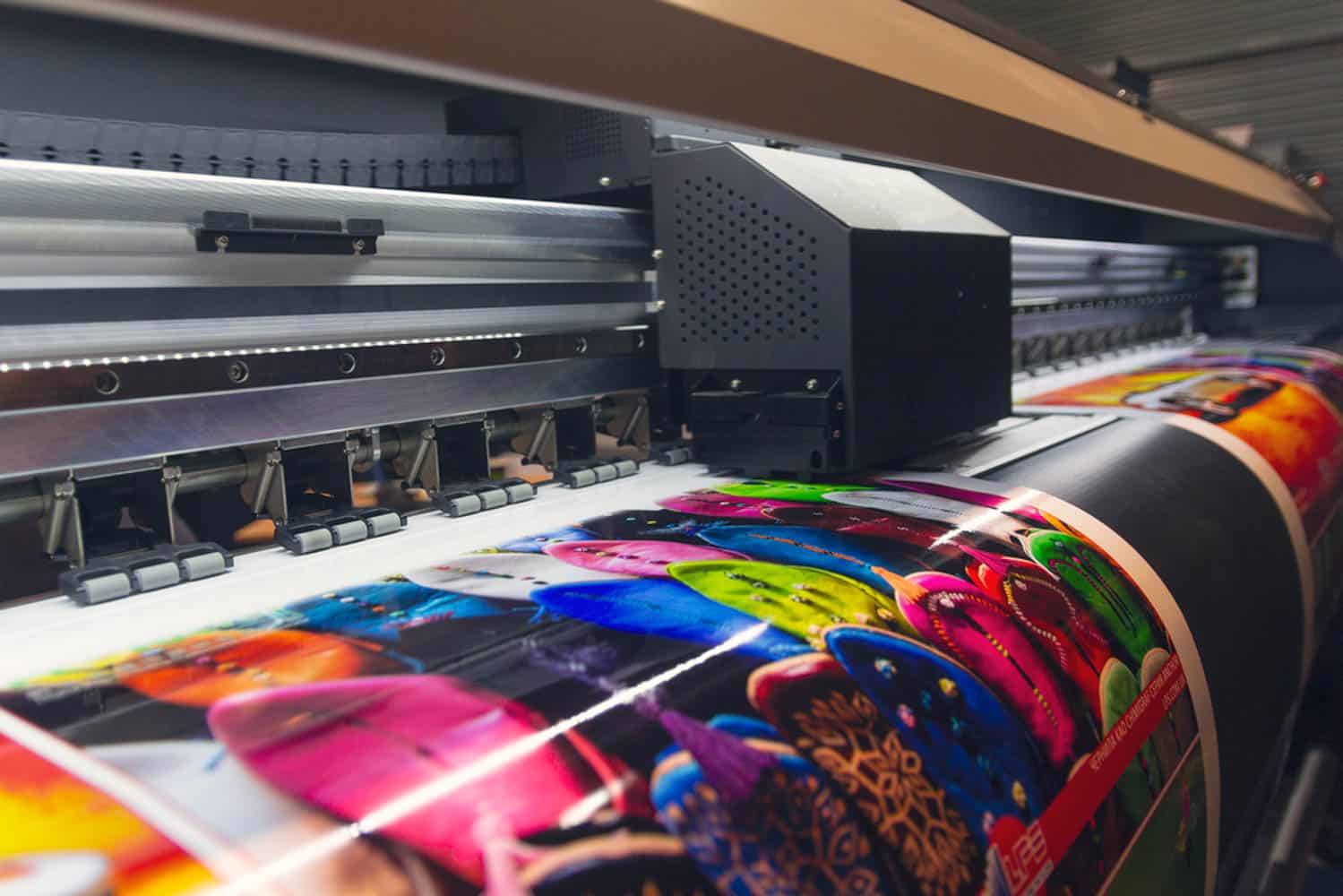The Best Strategy To Use For Digital Printing
Digital Printing - The Facts
Table of ContentsThe Main Principles Of Digital Printing The Digital Printing PDFsSome Ideas on Digital Printing You Need To KnowThe Definitive Guide to Digital PrintingUnknown Facts About Digital Printing7 Easy Facts About Digital Printing ShownThe Buzz on Digital PrintingSome Known Incorrect Statements About Digital Printing
Modification additionally enables services to attract attention in a jampacked market by developing special advertising materials that differentiate them from their competitors. Among the major advantages of electronic printing is the capacity to print variable data. Each published item can be unique, permitting services to develop tailored advertising materials that talk straight to their target audience.Digital printing also permits for customization in the layout of advertising products (Digital Printing). With digital printing, organizations can produce layouts that are distinct and customized to their specific demands.
4 Easy Facts About Digital Printing Explained
By publishing smaller sized quantities of advertising products, companies can decrease waste and prevent the demand for excess inventory. Digital printing is also flexible.
By utilizing different materials and styles, organizations can develop one-of-a-kind marketing materials that stand apart from their rivals and stand out from their target market. Digital printing also offers uniformity. With standard printing techniques, there is frequently variation between prints due to differences in ink protection, pressure, and other factors.
This uniformity can aid construct client trust fund and credibility, showing that the company is devoted to giving high-grade products. Uniformity is especially important for organizations that want to construct consumer count on and credibility. By guaranteeing that every print corresponds, businesses can reveal that they are committed to providing top notch materials and paying interest to the details.
Digital Printing - The Facts

On top of that, electronic printing produces much less waste because it can publish as needed and in smaller quantities, lowering the demand for excess supply and materials. Digital printing also makes use of much less power compared to conventional printing approaches. Digital printers do not call for as much energy to run, as they do not need to heat up as much or use as much power to run.
6 Easy Facts About Digital Printing Described

Countered printing calls for a plate for each shade published. Conventional offset printing is a print approach that uses light weight aluminum plates to transfer ink onto a rubber sheet (commonly referred to as a "blanket").
All about Digital Printing
Although the tools's set up prices are high initially, added devices become fairly more economical as the quantity boosts. Countered printing permits a variety of print products to be used throughout production. It permits the printer to use different paper kinds, customized coatings, and different inks. The top notch images created through balanced out printing make it the favored approach, particularly among visuals designers, when seeking the best color recreation, information, and professional-looking prints.
The basic printing approach continues to be offset. For digital inkjet printing, ink is transferred directly onto the surface area. Instead of relying upon aluminum plates and rubber coverings to transfer a picture, electronic printing uses liquid ink throughout production. Typical home inkjet printers are among one of the most common digital printing methods.
The Main Principles Of Digital Printing
Because countered printing can mix personalized color inks for each job, it will naturally obtain the shades spot-on. Count on offset printing for clean, distinctive types and pictures without streaks or places.
It sets you back a whole lot to begin a countered work. You have to invest cash right into developing the plates, which takes some time. When you have actually invested it, all of the products are ready to go, and you'll invest much less on large countered jobs than a digital print, click to read which is about the same per piece no issue exactly how big the task gets.
Digital printing is much less costly for low-volume tasks. The cost per device drops for digital printing, so at some factor, they crisscross. Transforming information within a single print task.
The Only Guide to Digital Printing
While electronic printing or inkjet printing is the recommended option in the present times, there are compelling reasons to transform from countered to digital printing systems. When publishing balanced out or electronically, vital decisions and processes are involved in view shade matching.
Whichever the instance, the shade will need to be matched. Shade matching of electronic printer ink is no more challenging with dyes and pigments. Industrial inkjet printing offers versatility for printing on several various substratums. Digital printing is optimal for clients who do not call for longer runs and warehousing products.

One advantage of digital printing is selecting from a large variety of electronic substratums. With electronic printing, the expense of the substratum in the general work is minuscule.
Not known Details About Digital Printing
Equipment expenses in inkjet printing are far reduced than balanced out printing as there are no plate-making, plates, and press expenses. Past the capital expenditure, the prepress equipment and printing presses call for extremely experienced drivers in balanced out printing, which includes labor costs.